Determining the K-factor in turbine flow meters can be tricky, yet essential for accurate flow measurements.
The K-factor is calculated by dividing the number of pulses generated by the flow meter by the volume of fluid passing through it during a calibration run. It represents the meter’s calibration constant and is crucial in converting pulse frequency to flow rate.
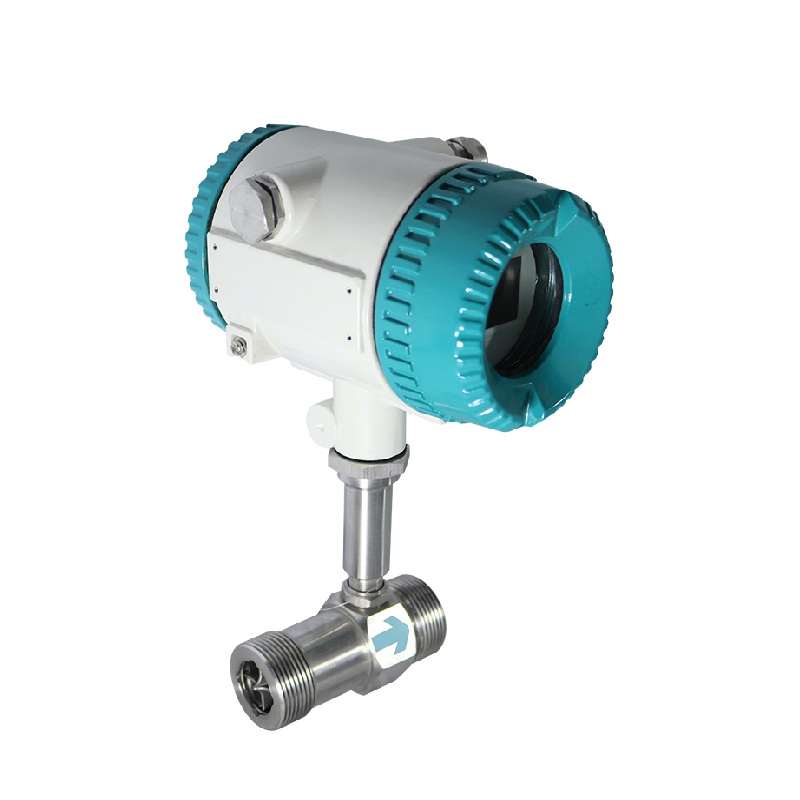
Turbine Flow Meter K-Factor Determiantion
Understanding and correctly calculating the K-factor ensures reliable measurement outputs needed for process performance.
How to Calculate K-Factor in Turbine Flow Meter?
Calculating the K-factor involves precise measurement and data recording.
To calculate the K-factor, run the turbine flow meter with a known volume of fluid and count the number of pulses generated during this process. Divide the pulse count by the fluid volume to get the K-factor, expressed in pulses per unit volume.
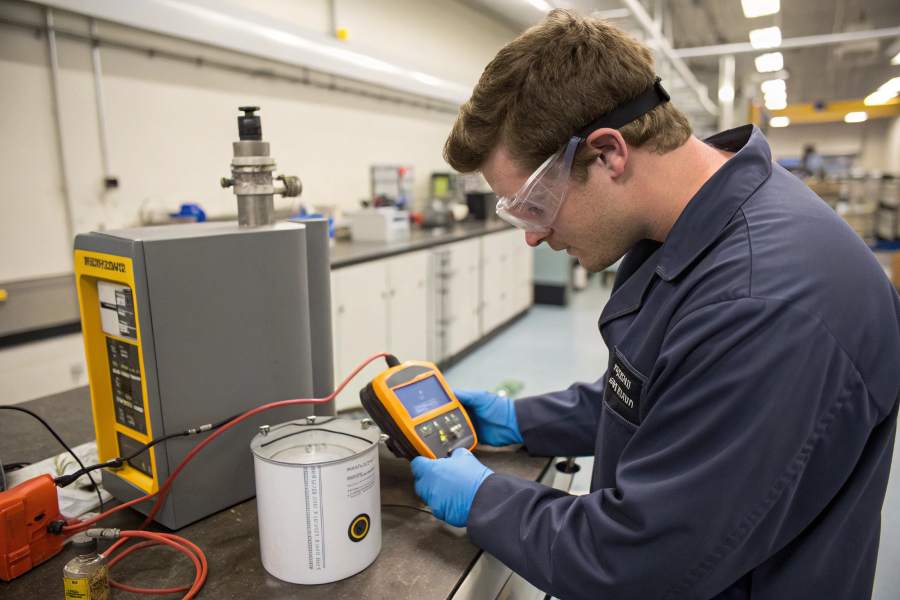
Pulse Count Method
During calibration, conditions like fluid viscosity and meter wear are accounted for to maintain K-factor accuracy.
What Is the K-Factor in Flow Meter Calibration?
Calibration aligns the K-factor with real-world conditions for precise measurement.
During flow meter calibration, the K-factor is checked and adjusted to match the meter’s response to known flow conditions. This ensures the meter accurately converts pulse signals into flow rate, aligning with factory settings or specific process requirements.
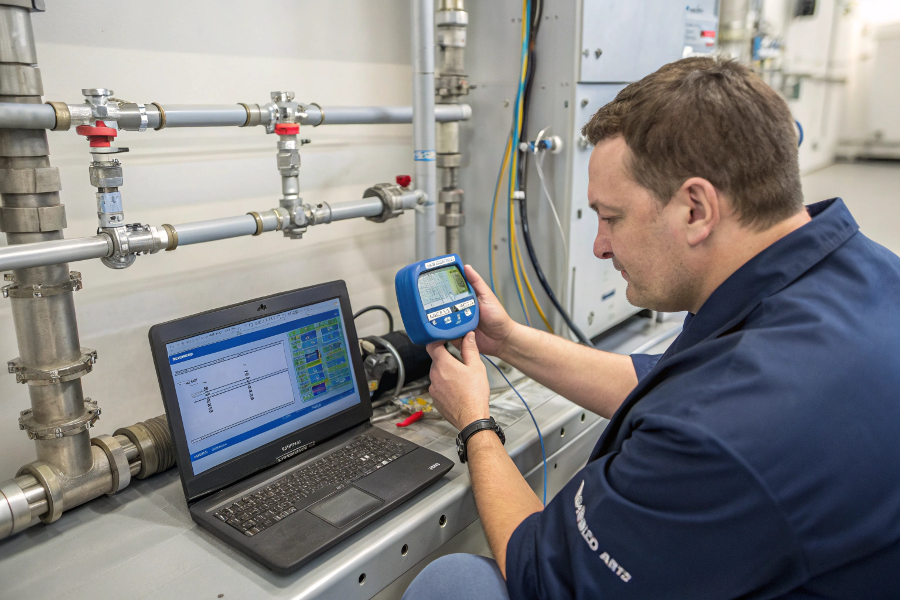
Flow Meter Calibration
Regular recalibration accounts for changes in fluid characteristics, installation conditions, and mechanical wear.
What Is the AK Factor in a Flow Meter?
AK-factor may seem obscure but is crucial in specific contexts.
The AK factor is a specific calibration constant used in certain flow meter configurations, similar to the K-factor, for precise measurement conversions. Each meter may have unique AK-factor requirements based on design and application specifics.
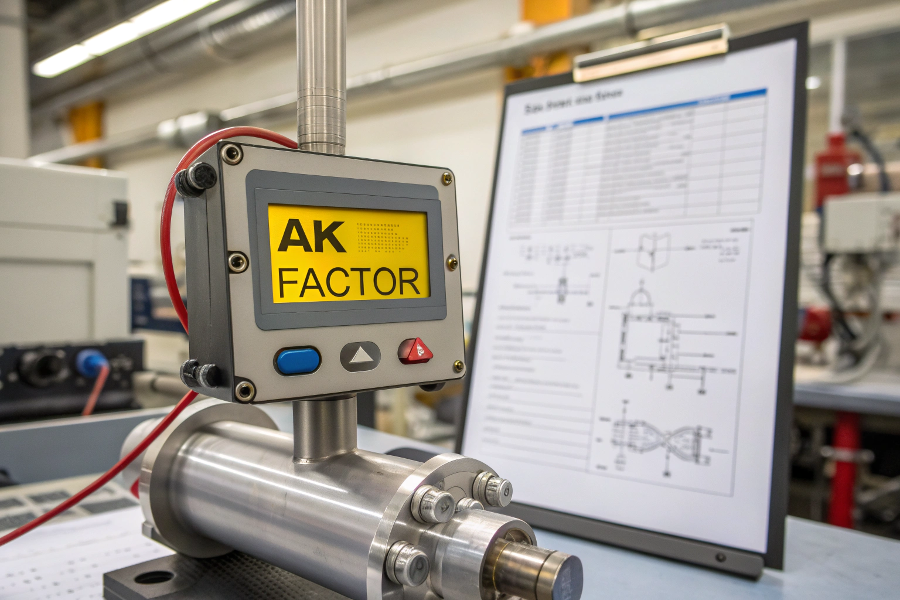
AK Factor Contextual Use
Understanding the needs of your specific meter model and application is key to managing AK-factor effectively.
What Is the K-Factor in a Vortex Flow Meter?
Vortex meters also have K-factors vital for flow conversion accuracy.
In vortex flow meters, the K-factor refers to the relationship between vortex shedding frequency and volumetric flow rate. It is calculated by correlating the number of vortices detected by the sensor element to the fluid flow passing through the meter.
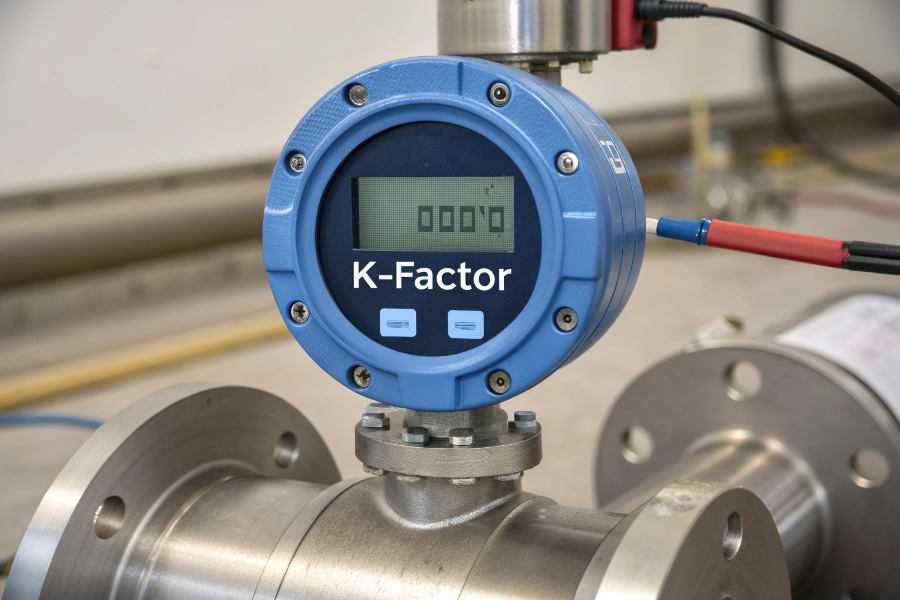
Vortex Meter K-Factor
Accurate determination of vortex K-factor ensures the precise conversion of frequency data to flow rate.
Conclusion
Turbine flow meter k-factor calculations involve determining pulses per unit volume during calibration. Understanding this, alongside AK and K-factors in vortex meters, ensures accurate flow measurement and process reliability.
